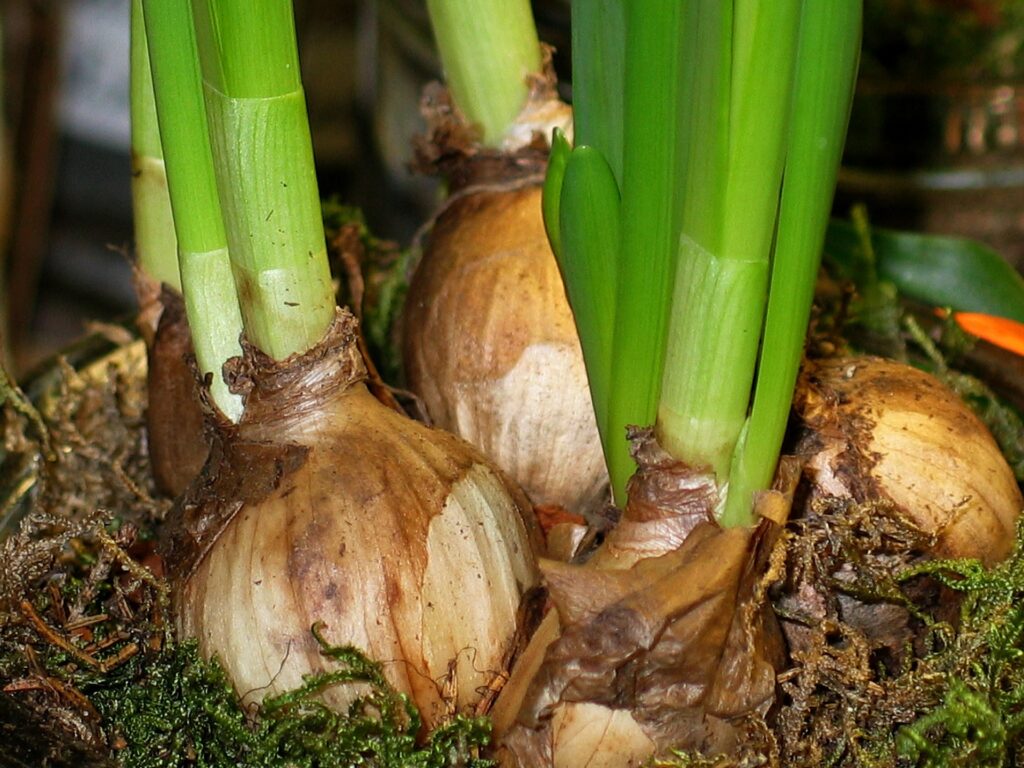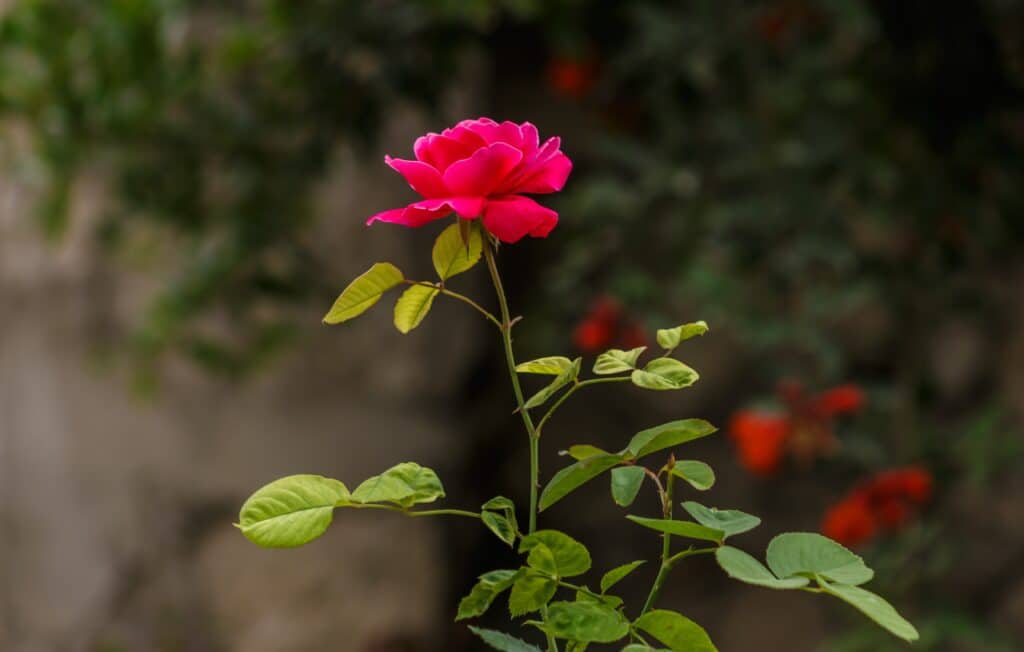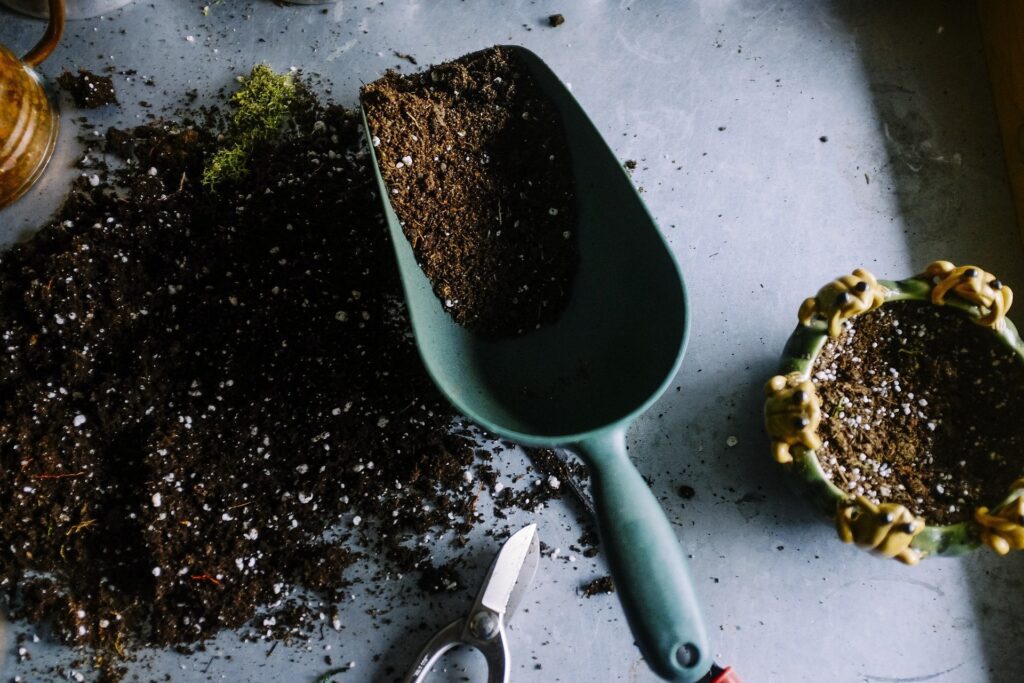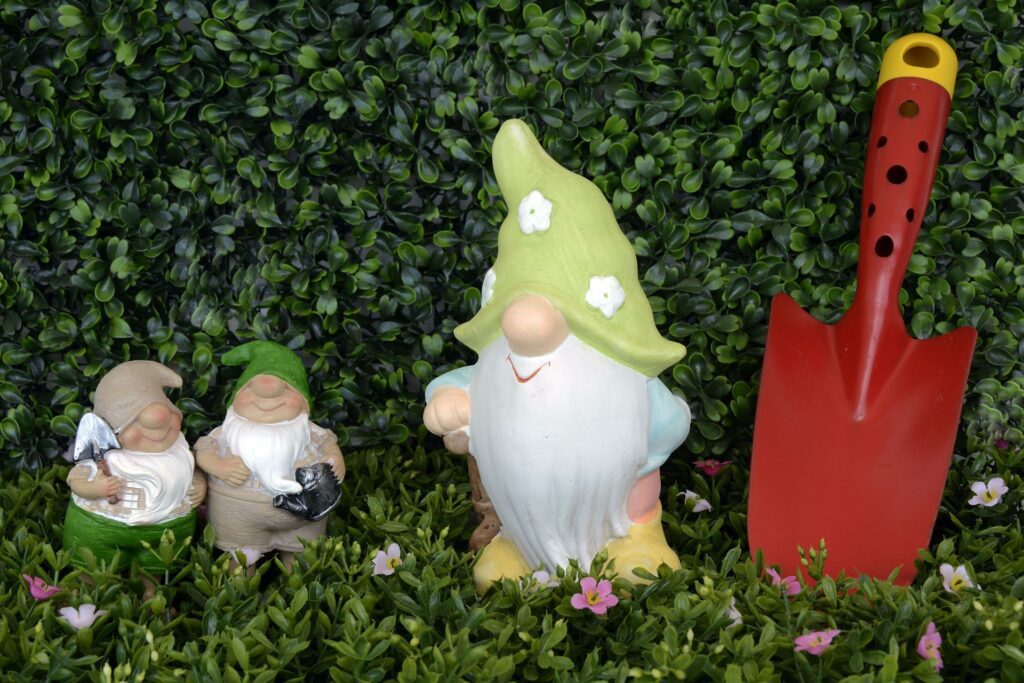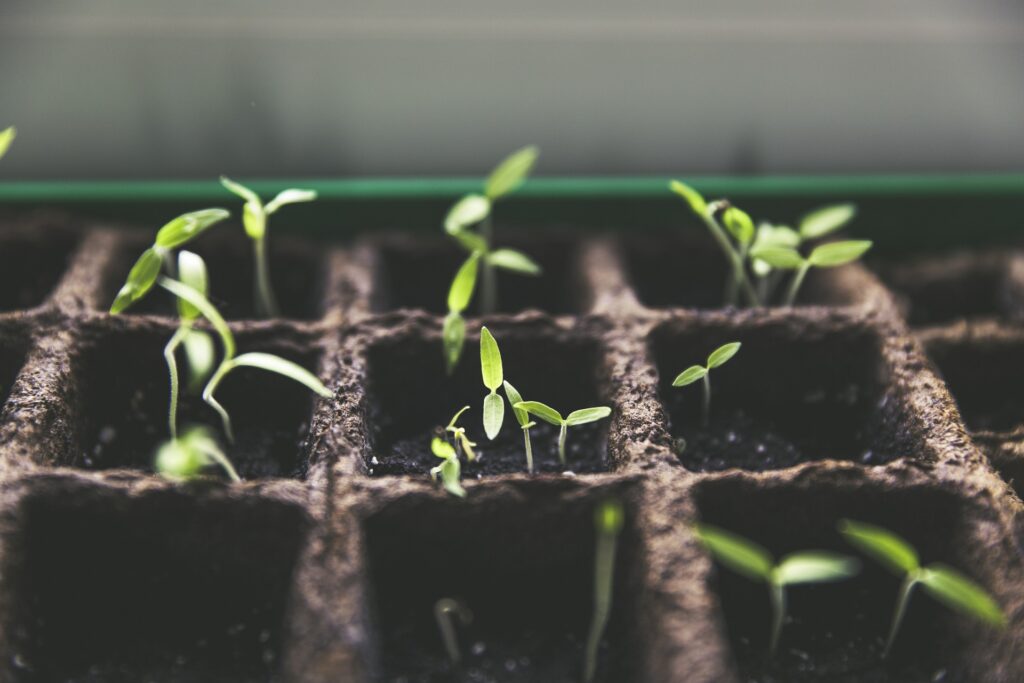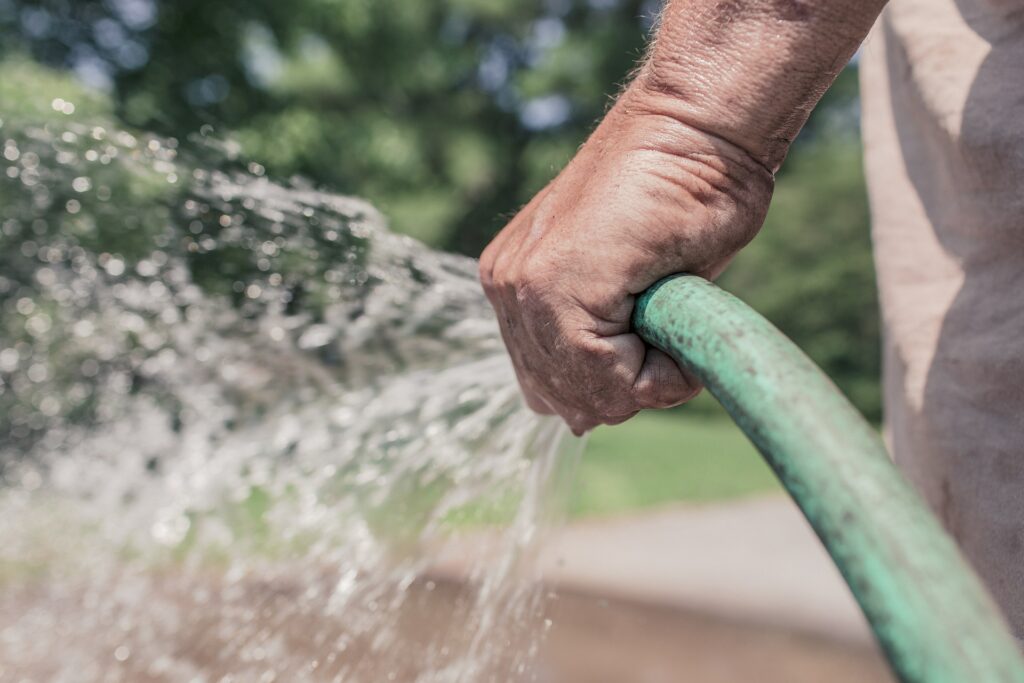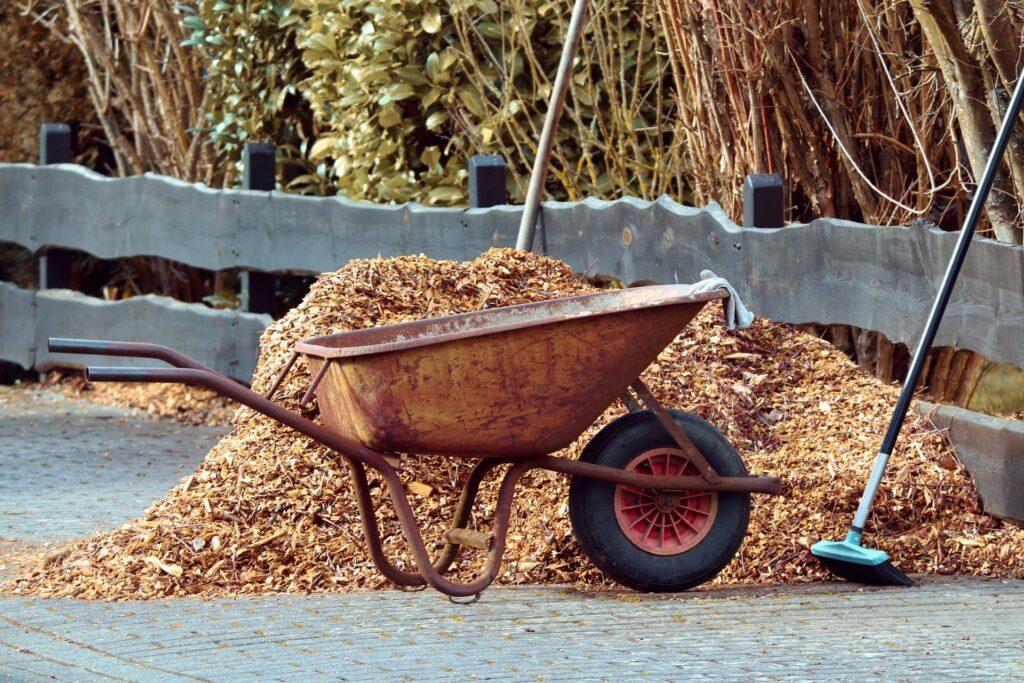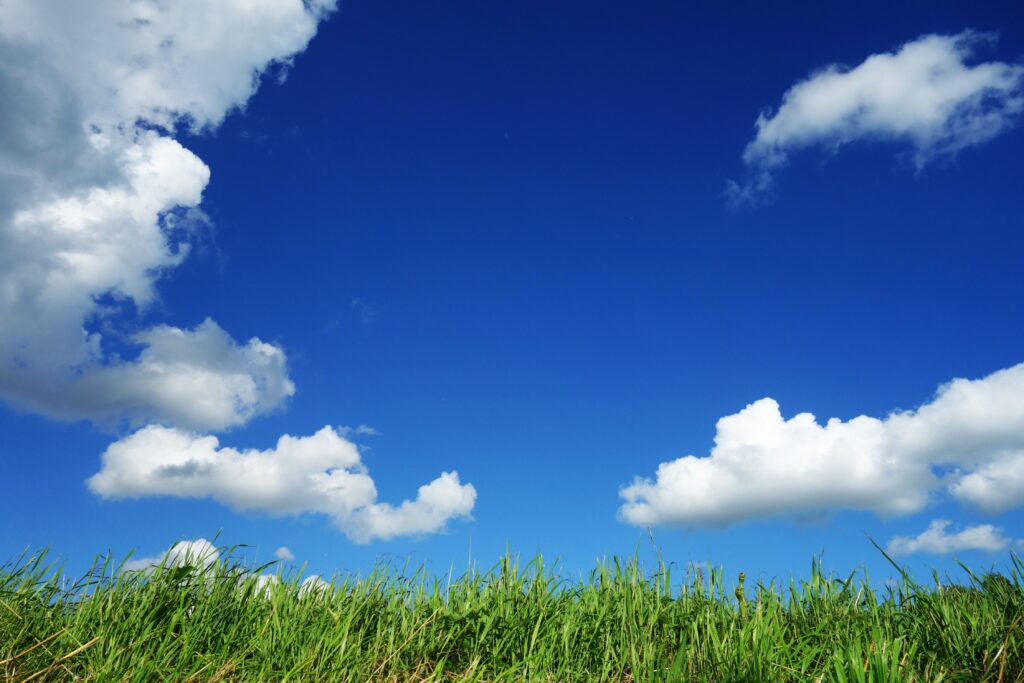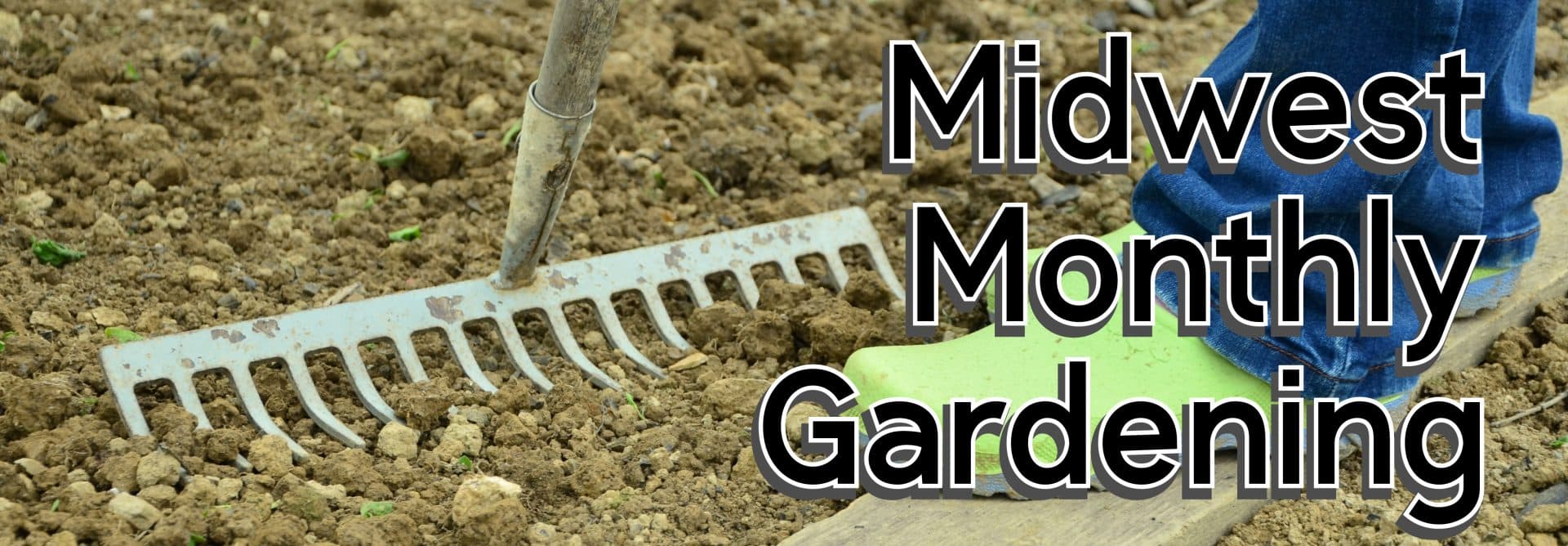
May is a wonderful month because it brings warmth and sunshine into the garden. You are now putting plants into the garden and reaping the rewards with blooms and vegetables.
Exercising—Continue exercising so your legs and arms can safely handle the workload.
Bulbs—Allow bulb leaves to die naturally so the bulbs receive the sun’s energy through the leaves. Some people braid or tie the leaves together. This is also a great time to consider what bulbs you may want to add next spring. Bulb prices are usually lower now.
General Garden Chores—Cleanup should be finished. Some pruning can be done since the leaves have sprouted. Spring-flowering shrubs can be pruned once they have finished blooming. No pruning of fall trees or shrub bloomers. Monitor plants for insect and disease problems; solve immediately. Stake or ring tall perennials before they reach six inches.
Transplanting—Most plants can be transplanted into the garden once they have been hardened off. To transplant: dig a hole slightly larger than the container; make sure root ball is loose; mix garden soil with compost and put a little at the bottom of the hole; place plant in hole and fill in with soil mix; press down on soil around plant to eliminate air pockets; water a little and finally add more of the soil mix at the top; water fully–water around the top, allow to drain down and repeat three times.
Vegetables—Apply starter fertilizer and compost to the vegetable beds. Make sure you harden off all vegetables before you plant them into the garden. Cool season vegetables should be planted in the garden. Once temperatures are above 50° at night warm season vegetables can be planted. Remember direct-sown seeds are much stronger than transplanted plants. Harvest rhubarb and asparagus.
Roses—Fertilize around the base of roses as the leaves unfurl and prune off any dead branches. A baking soda spray is a good preventative for mildew and black spots.
Watering—Watering is essential for the garden, especially for newly-planted plants. If there is a continued dry spell be sure to water so plants can grow strong before hot weather arrives.
Mulch—Placing mulch around newly planted flowers, vegetables, shrubs and trees makes for a healthier plant. It also helps reduce weeds and retain moisture. No more than two inches of mulch is needed. Organic mulches are best since they break down during the season and improve soil. Organic mulches include compost, chopped leaves, straw, grass clippings, wood chips, shredded bark, sawdust, pine needles and even shredded paper. While wood chips and shredded bark are organic mulches, they are not the best for garden beds or vegetable gardens since it takes longer for them to break down. They are great for paths or woodland areas. Black plastic and landscape fabrics are inorganic mulches which do not break down or enrich the soil.
Lawn Care—The first fertilizing (basic mix of 20-5-10) should have been put on your lawn by the end of April, but you can still apply it in early May. Spot-spray weedy areas with a broadleaf weed killer if needed. Mow the grass when it’s dry to a height of two to two-and-one-half inches. Remove one third or less of the leaf blade for each mowing.
